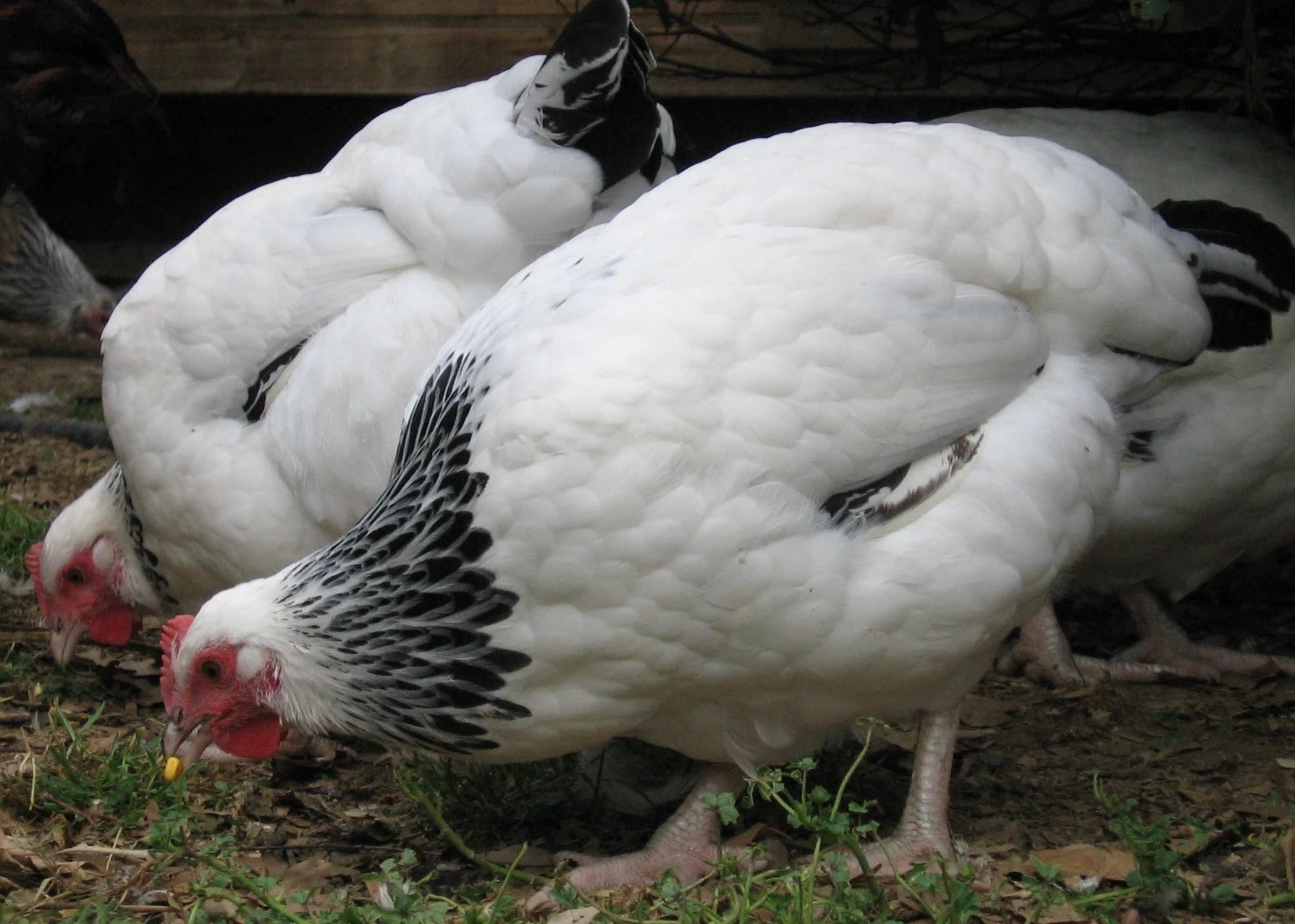Why are My Chickens Losing Feathers?
Updated 13th March 2024, First published February 20th 2020
Feathers Everywhere!
Feathers are starting to appear everywhere. The chooks, geese, ducks, peafowl, turkeys and guinea fowl on our block are all starting to moult or at least seriously thinking about it!
Why Do Chickens Moult?
Moulting is a natural and healthy process which usually happens once a year. It involves the shedding of old feathers and the replacement of healthy new ones. All birds do it. During the moult the reproductive physiology of the bird is allowed a complete rest from laying and the bird builds up its body reserves of nutrients. The provision of new feathers or coat (a feature inherent in most animals) is a natural process, designed by nature to maintain the birds' ability to escape enemies by flight and to provide greater protection against the elements.
The best time to reproduce and bring up young is when the days are long and warm and food is plentiful. As days shorten energy needs to be conserved, feathers need to be made and replaced for flight and warmth.
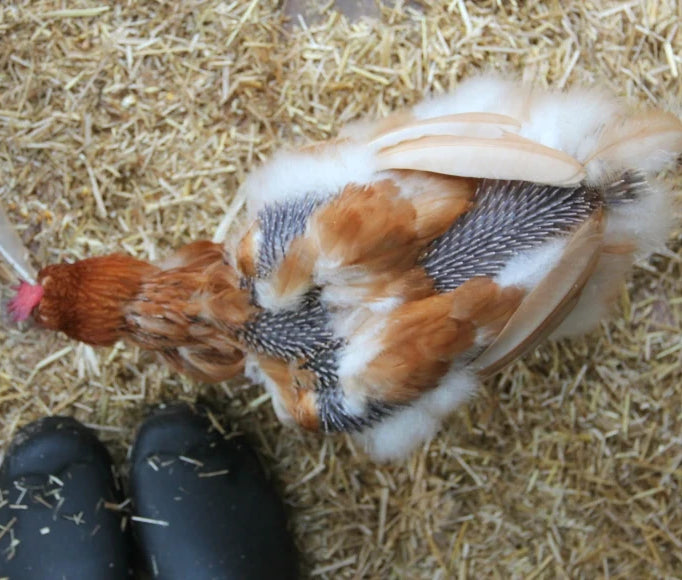
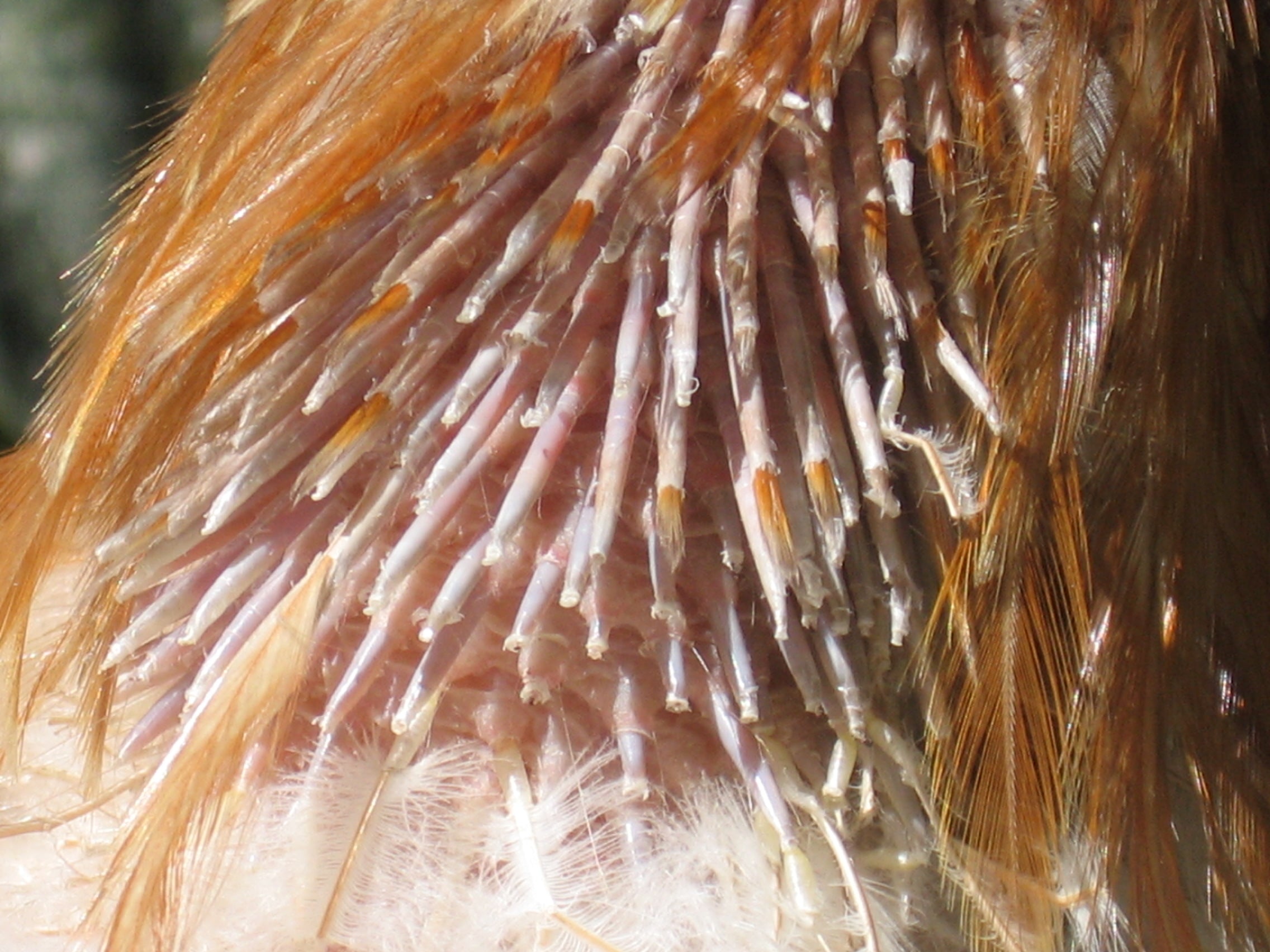
How Often Do They Moult?
Normally, under natural conditions, moulting in adult birds will occur once a year, though it may occur in some individuals twice in one year, and more rarely only once in a period of two years. Most chickens will moult towards the end of summer and may even partially moult their neck feathers again at another time of the year. The process can seem quite slow but will normally last between 2 to 3 months.
If you have heritage breed hens you might be surprised at how long it takes for them to moult as they usually take longer than hybrid hi-production hens but believe us when we say that it is truly worth the wait.
Essential Proteins
Feathers contain protein and lots of it. 85% - 90% keratin. Keratin is a protein and constitute 7% weight of the live bird. Feathers are more easily grown when laying ceases because of the bird’s difficulty in assimilating sufficient protein for both egg and feather production. When we think about why we eat eggs they are a very good source of high-quality protein. It is virtually impossible to lay and moult at the same time as the demands for protein would be too high on the bird. All hens need to cease laying so they can channel all their energy and all protein into feather production.


Feed Pellets that are High in Naturally Occuring Animal Proteins
During the moult chickens require to be feed well. It is important to keep up good quality layer feed high in naturally occurring animal proteins to your flock so that they can grow the new feathers they need as quickly and efficiently as possible. Moulting can affect the pecking order within your flock. Dominant hens can lose their position and lower ranking hens can get a hard time and be picked on. Feathers are made of protein, so if a bird is suffering a protein deficiency, they can turn to feather pecking and eating the feathers of other birds as a source for much needed protein. Making sure that your hens have a good, balanced diet, in particular a quality layer pellet as their staple feed, will help reduce any possible pecking especially during moulting time when birds are most susceptible.
Read moreMoulting in Young Pullets
First Moults Up to Point of Lay
When a chick hatches it emerges from the egg covered in fluff (down) – no feathers. Feathers start to grow quickly. The chick goes through one complete and three partial moults during its growth to point of lay.
Generally complete moulting occurs from 1-6 weeks and partial moulting at 7-9 weeks, 12-16 weeks and 20-22 weeks, and during this latter moult the stiff tail feathers are grown.
After which the mature bird normally undergoes one complete moult a year, usually in autumn although this depends on the time of the year at which the bird commenced laying.

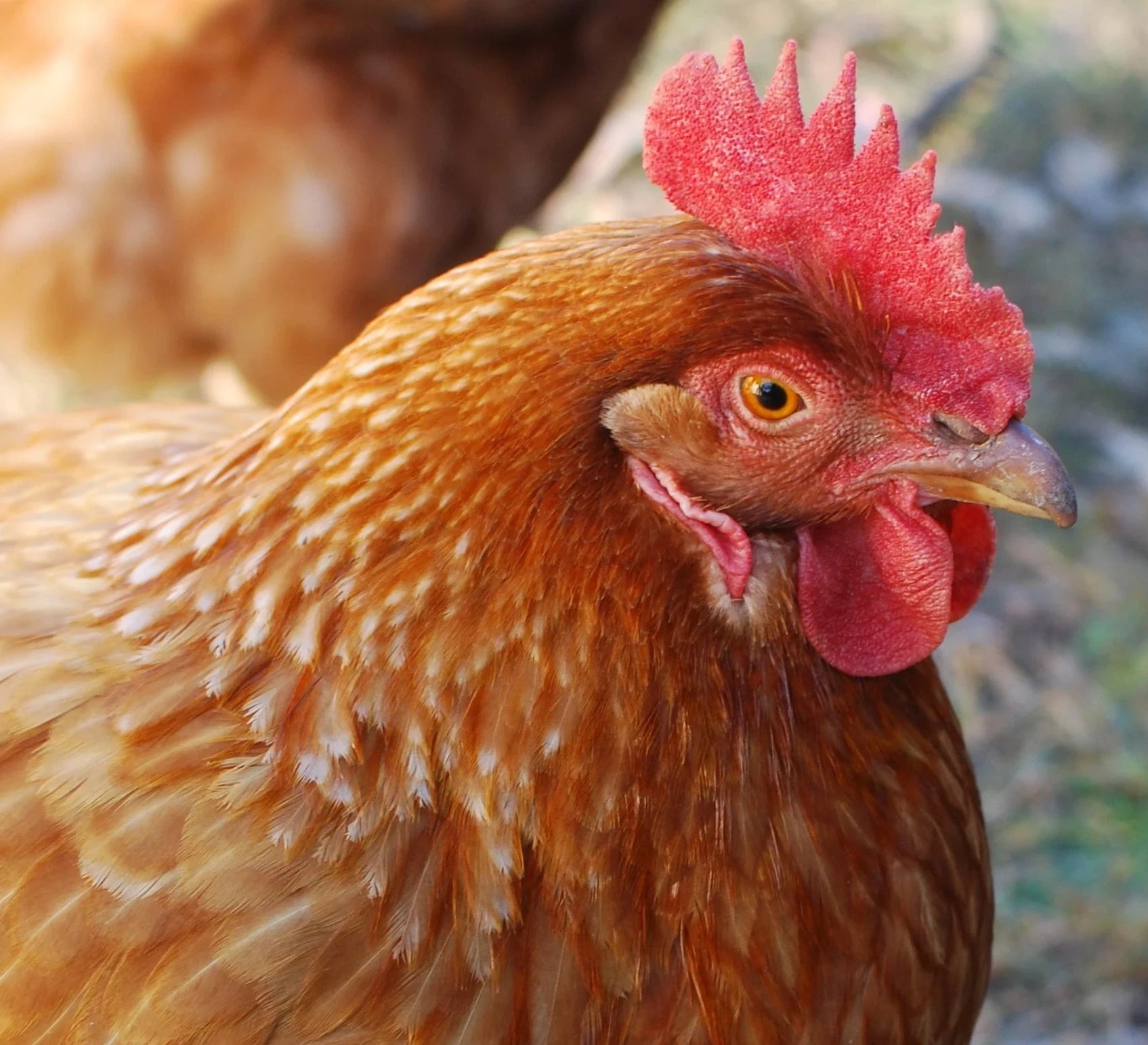
Natural Moulting
Natural moulting usually begins sometime during February-April and should be completed by July when egg production re-commences.
The three main factors which bring about moulting are:
- physical exhaustion and fatigue completion of the laying cycle.
- Birds only lay eggs for a certain period of time
- reduction of day length, resulting in reduced feeding time, and consequent loss of bodyweight.
Moulting in Commercial Hybrids (Brown Shavers)
Eleven months continuous production is expected from hybrid pullets hatched in season. If a flock of pullets commenced laying in March at six months of age they should continue laying until the following February, although the odd bird may moult after laying for a few weeks. These few birds however should begin laying again after June 22 (the shortest day of the year) and continue in production until the following autumn.
Pullets coming into lay in June should lay until the following April thereby giving eleven months continuous egg production without the aid of artificial light.
Pullets coming into lay in spring (August) should lay well into April (9 months) but unless artificial lighting is provided, most of them will moult during May and June.

Is She a Good Layer?
The time at which a laying hen stops laying and goes into her moult is a reliable guide as to whether or not she is a good egg producer. Poor producing hens moult early (November-December) and take a long time to complete the process. They can be out of production for a long period - from six to seven months. Poor layers seldom cast more than a few feathers at a time and rarely show bare patches. High producing hens moult late, and moult for a short period (no more than 12 weeks) and come back into the lay very quickly. Rapid moulting is not only seen in the wing feathers of good producers, but also in the loss of body feathers generally. Because of this it is common to see a late and rapid moulting hen practically devoid of feathers and showing many bare patches over her body or even entirely naked!
The Order of Moulting
Moulting takes place in a fairly definite order. Feathers are confined to definite tracts or areas of the body surface, with bare patches of skin between. The first plumage is lost from the head and neck, then from the back, breast and body then the wings and then from the tail. While the first feathers are being dropped from the neck and body, good layers will often keep laying, but when the wing feathers begin to drop, laying usually ceases. The moult is complete when all primary flight feathers on the wing are replaced. The feathers of the moulted bird are large and full, softer, cleaner, brighter and glossy in contrast to the feathers before moulting which were small and hard, dry, frayed and tattered.
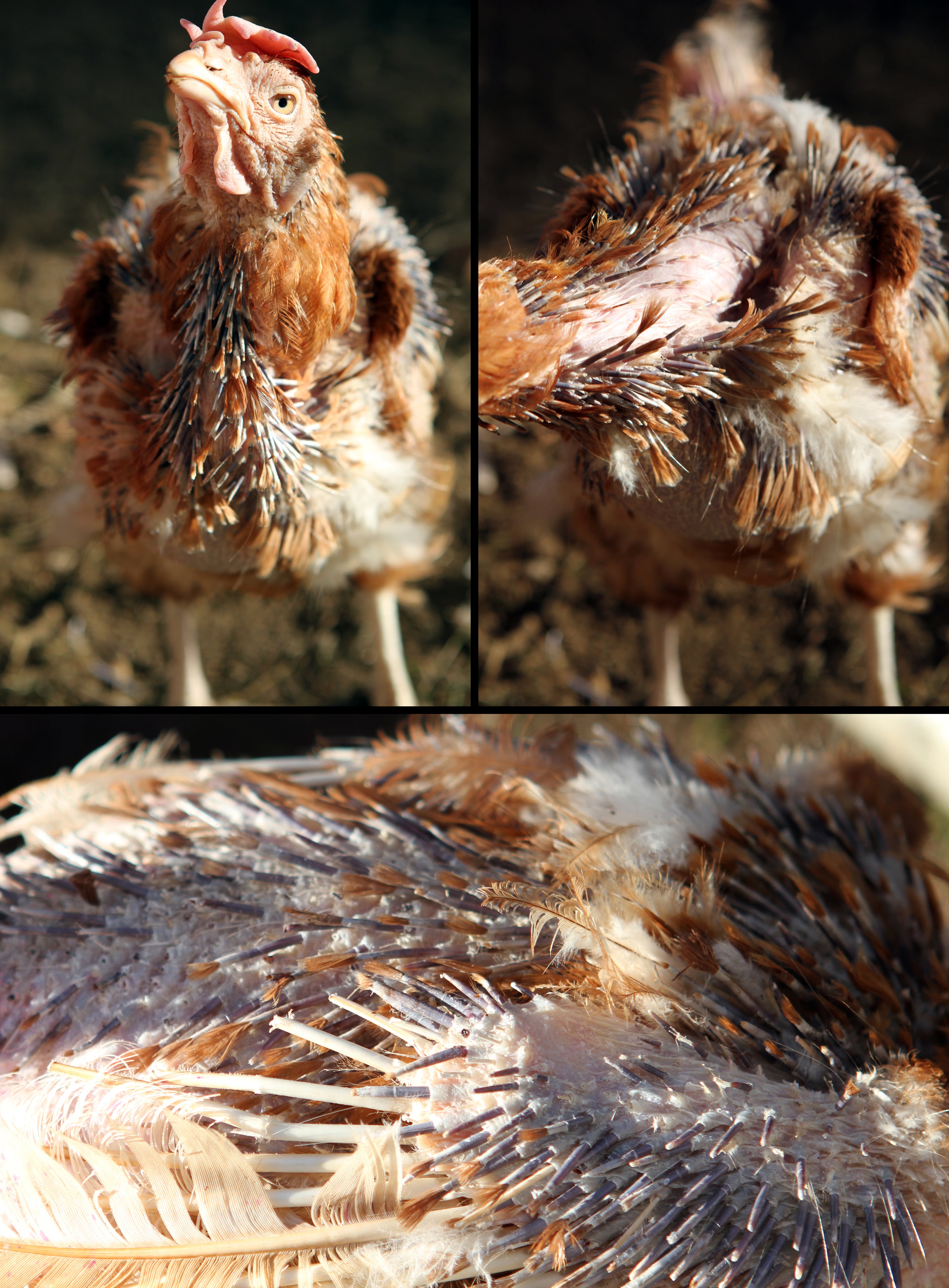
Fast and Slow Moulting
The difference between a rapid and slow moulter is not due to a difference in growth rate of the individual feather, but because the fast moulter renews a greater number of feathers at the same time. With this knowledge, the rate of moulting can be ascertained by examining the number of flight feathers on the wing being replaced simultaneously. If a hen is found to have grown some of her primaries before starting to moult her secondaries, it may be assumed that she laid well into the moult and was therefore a good layer. Sometimes, high producing hens do not moult all their primary feathers but carry them on for another year. Generally, a laying hen moults when production ceases although if the bird has an inherited tendency for high production, moulting will probably precede cessation of production, and conversely if she is a poor producer. Modern commercial hybrids usually moult in late autumn because they have been bred specifically for egg production i.e. to lay at a higher rate and for a longer period of time.

Neck Moults, Partial Moults and Vacation Moults
Old feathers are usually retained by a laying bird which lays regularly. Should she cease production for any other reason than for mild sickness or broodiness she will lose her feathers.
If a hen ceases production during spring or summer, she may moult one or two primaries, then stop moulting and come into lay again. This is known as a vacation moult. When she starts her full moult later in the autumn, she will drop the next feather in sequence and moult in order of the remaining primaries.
A neck or partial moult is sometimes experienced by a bird without any loss of production, but if the moulting extends beyond the neck moult stage the hen ceases production.
The presence of “pin” feathers (new emerging feathers) usually indicate a short or partial moult.
Some birds moult continuously and can be easily detected in the flock by the spotless condition of their new feathers. These birds are poor producers and should be culled.
Stress and Moulting
Natural moults can occur any time of the year due to birds being subjected to stress. A bird is stressed when the environment or management present a challenge to which the bird cannot respond without suffering a harmful effect. A hen subjected to a mild stress condition in late spring when in full production will suffer a drop in egg production whereas the same stress condition applied to a bird in the autumn will cause her to cease laying and moult.
The following are common stress factors which can induce moulting:
- Lighting
- Decreasing daylight
- Decreasing artificial light
- Loss of bodyweight
- Disease
- Internal parasites
- Climate
- Excessive cold
- Heat waves
- Feed, feeding and feed stuffs
- Deficiencies of essential ingredients
- Irregular feeding
- Insufficient feed
- Predators e.g. Dogs, cats, stoats, ferrets, easels, rats, hedgehogs etc.
- Fright - wild birds and children
- Pecking order - low vitality
- Pro-longed broodiness
- Mismanagement: overcrowding, movement to another house, water deprivation, insufficient feed and water space, poor ventilation, wet litter, poor housing etc.
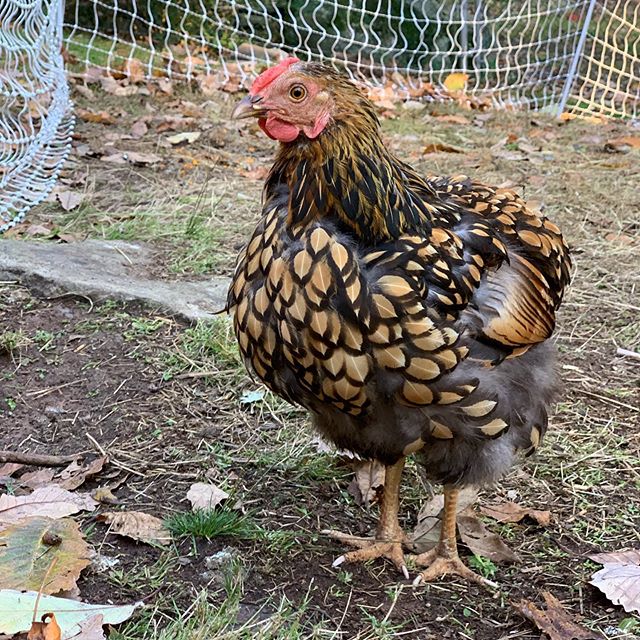
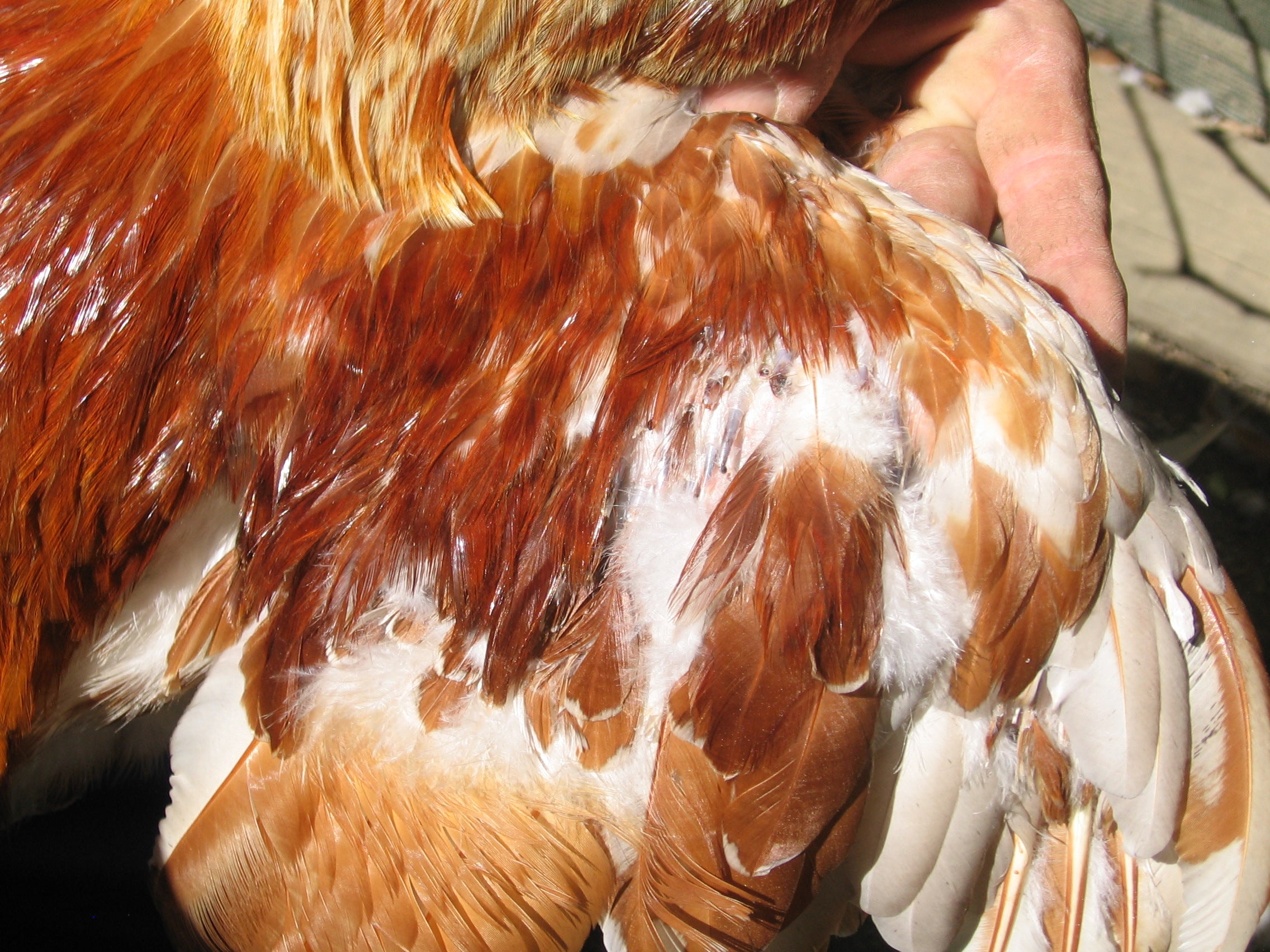
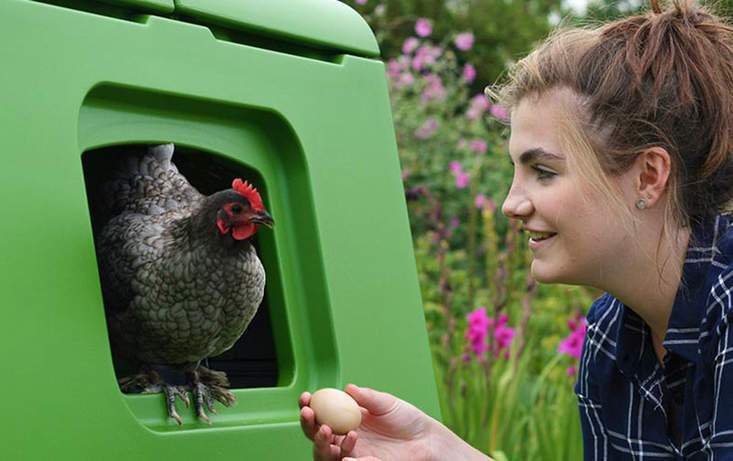
Moulting and Egg Production
After moulting, the second year of egg production will be between 10 and 30% less than that achieved by the birds in their first year of lay. This is because the rate of lay is lower and the birds cease to lay earlier in the following autumn. Birds which have moulted twice and are laying for their third year will lay only 70 to 80% of their second years eggs i.e. about 60% of their first year's production.

Moulting Roosters
Like hens, roosters also moult, and while in this condition are nearly always infertile due to loss of bodyweight and because their reproductive physiology is undergoing a resting phase. Care must be taken to ensure that roosters do not lose more than 25% of their body weight while moulting as this can lead to infertility and their standing in the pecking order.
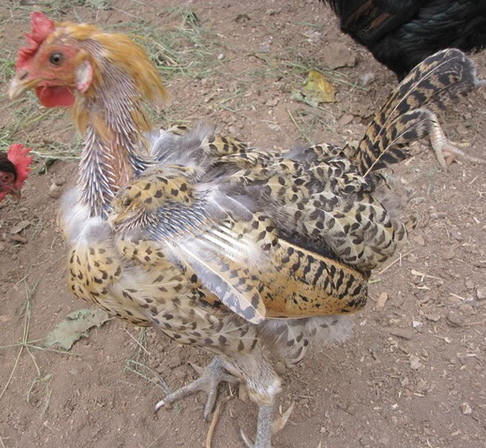
Make sure your hens have all they need to cope with the stressful time of moulting.

Protein Boost
A protein-rich treat for your chooks and other birds. Essential proteins to assist with feather growth especially during the moult. Topflite Insect Medley would be another good choice. They are all high protein snacks perfect for assisting feather growth.
Shop now
Mite Rescue Remedy
Do not be mislead by the name! This remedy is a brilliant all round supplement and will assist birds during moulting. It contains a wide spectrum of vitamins, trace elements, iron, minerals and amino acids. Amino acids are organic compounds that combine to form proteins....and feathers are made of protein!
Shop now
Supports Feather Growth & Bone Strength
An intensive calcium, magnesium and vitamin D3 liquid supplement for developing bone strength, egg shell quality and supporting feathering during the moult.
Shop now
High-Energy Mineral Boost
Provides all-round support for poultry but is especially recommended for birds recovering from mite infestation, for support during moulting or for any birds not looking in the peak of health.
Shop now
Chicken Jackets
Newly rescued battery hens whose feathers are a little sparse, or hens who have recently moulted will appreciate the jacket's extra warmth. Plus perfect for keeping the hens protected from overzealous roosters.
Shop now"Our Light Sussex pullets once moulted look like crisp, newly washed white hens with magnificent jet-black neck hackles and black tails. Immaculate, refreshed and ready for the laying season!" Fionna Appleton
